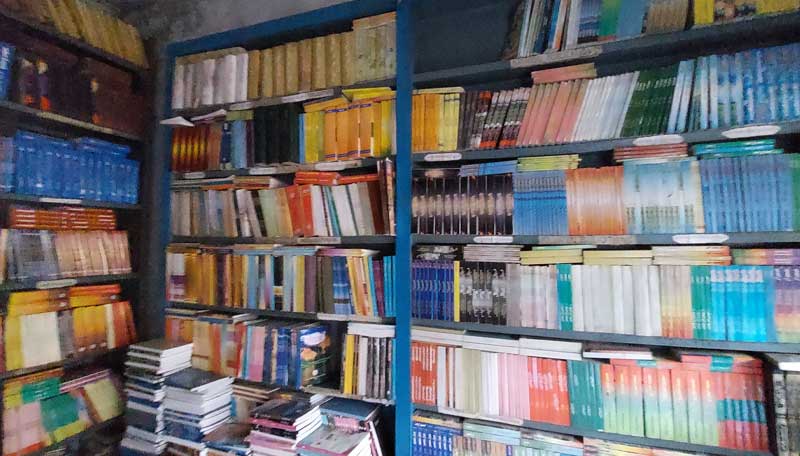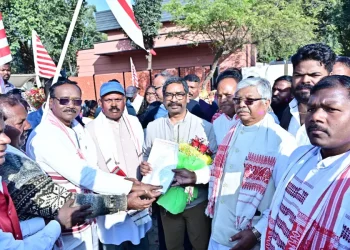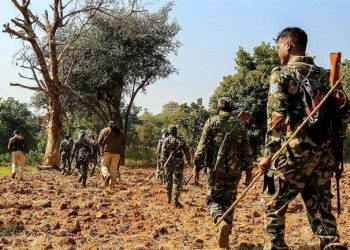The Jammu and Kashmir Academy of Art, Culture and Languages (JKAACL) has put considerable efforts into preserving indigenous languages spoken by the states’ various tribal communities.
This includes encyclopaedia, dictionaries and translations, along with seminars and programmes, that prevent these rare languages from fading away.
There are a dozen Scheduled Tribes in Jammu and Kashmir, which speak six different languages. Gojri is largely spoken by the Gujjar-Bakerwal tribe; Gaddi by the eponymous tribe from Kathua, Udhampur, Doda and Kishtwar; Shina is spoken by the Dardic sub-group of the Indo-Aryan family in Gurez valley of Bandipora district and Drass of Kargil district in Ladakh; Balti is used in Gilgit Baltistan and in some pockets of Ladakh; Bolti is spoken in Ladakh and Purik predominantly by Shia Muslims in Kargil town and adjoining areas.
Popular Language
According to the 2011 census, about 20% of the state’s population of 1.25 crore speaks Gojri.
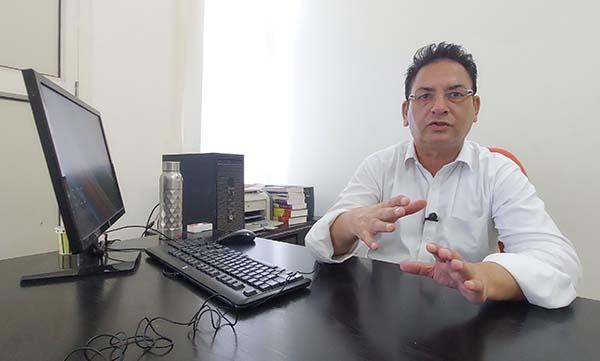
Its lexicon has been published in a Gojri dictionary by the JKAACL. Dr Javaid Rahi, chief editor of Gojri wing at the academy, explains how the compilation has not only 70,000-odd words and their meanings, but also the folklore, culture, music and origin attached along with it.
It is expected to assist tribal researchers in further findings.
Dr Rahi and his team of researchers have also compiled an ‘Encyclopaedia of Himalayan Gujjars’ and a collection of folk songs towards preserving the rich cultural heritage of the nomadic population.
Since its formation in 1978, JKAACL’s Gojri department has published about 1,000 books of poetry, folk songs, history, biographies and translations of the Quran. At least 25 volumes of folk tales have been put in print, along with more than a dozen volumes of folk songs and several books on Gojri in English and Urdu.
Besides, artistes’ work on television, radio and social media helps create rich archives of the culture. Dr Rahi also acknowledges the role of social media platforms in providing universal access.
Meanwhile, the state Tribal Affairs Department is organising a series of seminars on Gaddi.
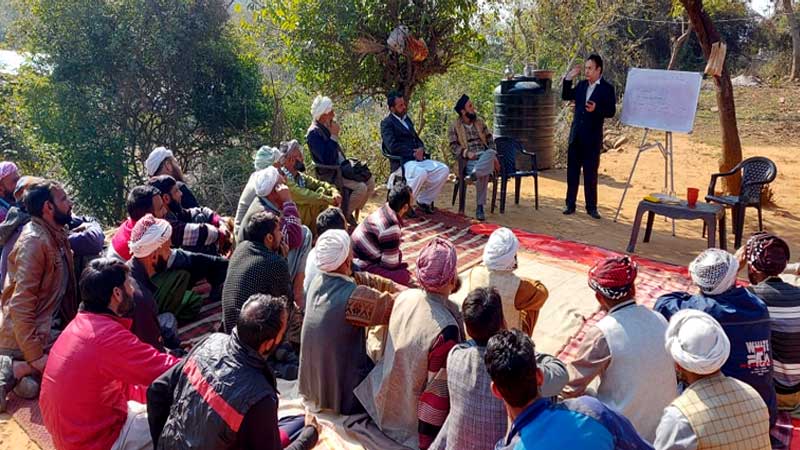
The Central Institute of Indian Languages, Mysore, has worked on Shina preservation and prepared a grammar of all these indigenous languages, along with phonetic readers. It is also preparing grammatical descriptions, monolingual and bilingual dictionaries, language primers, anthologies of folklore and encyclopaedia of endangered languages or dialects.
Road Map
Dr Rahi feels the younger generation is struggling to learn the Gojri language because of the lack of a structured curriculum and adequate number of trained teachers.
Gojri is not taught in schools. Jammu University has introduced Gojri at the Master level but only as an optional subject for two semesters. Baba Ghulam Shah Badshah University, Rajouri, has also introduced postgraduate degrees in the language last year.
Dr Rahi stresses on the necessity of documenting the oral history of Himalayan nomadic tribes, their literature and lore, knowledge of livestock and nature, as well as myths and philosophy. He is quick to point out the importance of technology and media — printing, digital video, audio and photography — for doing so.
According to the researcher, all scholars working in the field should make documentation indexes and share data with the rest of the world to create global archives for posterity.











